Navigating the journey of treating children and adults with medication for mental health struggles is incredibly difficult.
No matter what choice is made, there are consequences.
Every psychiatrist has different ideas and experiences.
Every individual responds differently to medications.
The development and presentation of every individual is different.
What may appear to be one thing, can often be another.
Mental health issues aren't "fixed" by just popping a pill or not popping a pill.
After almost ten years of navigating this journey with my children and husband, I would like to share 10 things you need to know about medications for mental health struggles.
Today I heard from Sunshine's psychiatrist.
A few weeks ago Sunshine had blood work done to check how her body is responding to the cocktail of medications she's on.
Sunshine is currently diagnose with:
- Autism Spectrum Disorder
- ADHD
- Reactive Attachment Disorder
- PTSD
- Mood Disorder (bi-polar)
When she returned home from residential she was on the following medications and supplements:
Her current psychiatrist has been concerned about this cocktail of medications and what they are doing to Sunshine's body. (Some of these meds are not usually combined and at such high doses.)
We have also been concerned.
Results from initial blood work weren't as positive as we'd hoped, even though blood work previously had shown Sunshine had been stable on these meds and doses for six months.
The not so great results meant another blood draw in a couple of weeks, and weaning off another one of her meds. We had already weaned off all of the hydroxyzine at this point.
Sunshine began weaning from Zyprexa, an antipsychotic med that was prescribed a year before in residential, to help with manic and depressive episodes, specifically the psychosis aspect of things.
She received her second blood draw today, which thankfully showed improvement in Sunshine's white blood cell count.
The weaning off of Zyprexa made a difference in blood counts, but was NOT a fun process.
Not having Zyprexa has definitely affected her moods daily. It's our hope that after withdrawal symptoms, she will be doing better.
There is nothing about taking medication for mental health struggles that is easy for adults or children.
I feel it's so important that you know and understand what this process is like, especially if you are experiencing it yourself or with your children, or know someone who is.
10 Things You Need to Know About Medications for Mental Health Struggles
1. Just one medication may not be the answer. It may take more.
First, Sunshine's list and doses of medications is not normal.
Her current psychiatrist at home has never seen a child on so much medication, but has commented she's thankful that because of these medication, Sunshine can be at home with her family.
The psychiatrist at Sunshine's last residential treatment center stated that it can be typical for a child in residential to have a med list like Sunshine's due to the severity of symptoms.
Sunshine started Tenex and Benadryl at age 2.
She began Risperdal at age 3.
Depakote was added at age 4.
Lamictal was added at age 5 with the thought that Depakote would be weaned and replace with Lamictal.
We have tried weaning Depakote three times. Each time Sunshine has ended up in the pediatric psychiatric ward for inpatient treatment.
Depakote has ALWAYS been put back in because of this.
Adderall was added at age 6 in the pediatric psychiatric ward. Doctors have tried to wean it twice. Both times, it was determined Sunshine needs it to function and stay safe.
Trileptal was added at age 8 in Sunshine's first residential placement.
GABA, L-Theanine, and L-Methylfolate were added after Gene Sight testing and brain scans at
Amen Clinic towards the end of her first residential placement.
Hydroxyzine was added in between Sunshine's first and second residential stays.
Levothyroxine was added to help with thyroid issues related to Depakote after Sunshine's second placement.
A child will most likely not have a list of meds like Sunshine, but may need more than one medication to stabilize.
Medications for mood disorders treat symptoms, not the whole disorder.
The symptoms an individual is presenting with will determine which medications are tried.
2. All medications have side effects that can harm the body, some in very serious ways.
The combination of Depakote and Lamictal puts Sunshine at risk of developing Stevens-Johnson Disease, which is very serious. This is why so many psychiatrists have tried to wean her from Depakote.
Fortunately Gene Sight testing showed that Sunshine is at a very low risk of developing this disorder. We try to keep her Depakote dosage as low as possible, just in case.
Depakote can lead to thyroid issues and negatively effect platelet levels. Both have occurred in Sunshine. She can only take a certain amount of Depakote before more problems arise.
Depakote can also lead to hair thinning and nightmares, both of which Sunshine experiences.
The combination and dosage of Risperdal and Zyprexa and can lead to Tardive Dyskinesia, which is very serious.
Risperdal can cause diabetes, which is one reason Sunshine is on a gluten free and refined sugar free diet.
All of these meds can cause issues in white blood cell counts, which Sunshine has experienced and led to the weaning of Zyprexa.
Risperdal and Zyprexa cause weight gain, and have in Sunshine over the years.
Please know, it's not simple deciding which side effects are worth it, and which ones are not, especially in a child.
3. Medications may not work as hoped, causing more mental health struggles, until they are stopped or another solution is found.
Lithium was tried during Sunshine's third residential stay. The trial went horribly wrong causing an increase in homicidal behaviors and severe aggression.
We now know, this medication is NOT for Sunshine.
Through Gene Sight testing, we learned that Sunshine's body metabolizes Lamictal VERY quickly, which means she needs a much higher does than others to obtain the desired effect.
Depakote helps slow down Sunshine's metabolism of Lamictal, so that the Lamictal works. Without Depakote, the Lamictal is not effective.
If insurance will pay for it, I highly recommend Gene Sight testing to determine how the body responds to medications, before going through the trial and error process.
I don't know where we'd be without it!
4. It can take a long time to find the correct dose of a medication that works for mental health struggles.
It has taken us YEARS to get to where we are today with Sunshine.
There is no easy fix.
As children grow and develop, so do their brains.
What may work at one point, may not work later on.
Increases in doses over time can be normal for some children.
Different symptoms show up at different ages.
Psychiatrists vary in what they feel comfortable prescribing and at what doses.
Life happens. Circumstances change.
All of this effects how medication works with mood disorders.
5. Medications may not always be needed, as individuals grow and learn how to regulate emotions more efficiently.
A child's brain is still developing and growing, which means that over time, as a child matures, she may not need as much medication.
Weaning a med can be very scary and have catastrophic consequences.
But, in some cases due to various reasons, a med weaning can also go well, after the initial withdrawal symptoms.
Due to the side effects of medications for mental health struggles, we never want on our children on more than what is absolutely necessary to keep them stable.
Some medications can cause medical complications and must be weaned, like Sunshine and Zyprexa.
If a individual can go without, that's always the best solution.
Now with all of this said...
We have gone through multiple med withdrawals with Sunshine over the years.
First was an attempt to wean Risperdal.
We ended up with a mental health emergency that led us to our developmental pediatrician's office and a week of life coming to a halt, waiting for Sunshine to stabilize again.
Next came three attempts at weaning Depakote. As I mentioned above, they all went horribly wrong.
Sitting in a hospital ER waiting for a bed in a pediatric psychiatric hospital bed for a week is NOT fun.
But, this last weaning of Zyprexa has gone okay so far. (Mind you it's been a week since she took her last dose.)
Sunshine is a bit moodier, but she's also sick with the flu.
She is sleeping MUCH better, despite being sick, which is incredible.
There is a clarity in her thinking that wasn't there before, that we're loving.
Behaviors at this point have not increased.
Her blood work is now exactly where it needs to be.
The satisfaction of knowing that Sunshine may not need this med feels so fantastic.
6. Withdrawal symptoms of meds can be quite awful. Wean with care and supervision.
In our experience there are many medications that come with withdrawal symptoms when weaned.
Depending on how long the medication has been used and how large the dose is, withdrawal symptoms can be incredibly challenging.
Sunshine expressed that her mind felt blank after stopping Zypreza for a few days. (She was on a very small dose.)
There was a significant increase in agitation.
The withdrawal sent her into a depressive episode.
Be prepared for the worst and hope for the best when a medication is weaned and stopped.
Research withdrawal symptoms of a medication before the weaning begins.
Develop an understanding of how long withdrawal may last, so you can understand what is withdrawal symptoms and what an individual looks like without the med.
Prepare for the withdrawal ahead of time knowing that the individual may not be okay.
Be sure to check in with the prescribing doctor or psychiatrist often to communicate what's going on.
7. Documentation of behaviors before and during medication trials (and weaning) is crucial to understanding how the medication works.
In order to understand if a medication works or is needed, it is incredibly important to document behaviors before, during, and after a med trial.
Medications for mood disorders can effect:
- Sleep
- Appetite
- Weight
- Moods
- Energy Levels
- Aggression
- Agitation
- and more!
Understanding how an individual is doing before a medication is started compared to after it is started, and every time dosage is increased is crucial to helping everyone stay safe.
Serious consequences have come from not understanding how a person is responding to medication including suicidal and homicidal behaviors.
If you need help documenting information, be sure to check out the post below.
With every medication Sunshine has tried and weaned from at home, we have documentation for a minimum of two weeks before changes, (usually more like a month), and then document everything as we move forward.
This documentation has allowed use to communicate with doctors and specialists more effectively.
We have been able to seek the help we need immediately.
Most importantly, I know what each and every medication Sunshine takes does for her.
- Tenex
- Decreases aggression and impulsivity
- Risperdal
- Decreases mania and improves sleep
- Decreases agitation and aggression
- Decreases depressive episode symptoms, especially psychosis
- Causes weight gain and increased appetite
- Depakote
- Decreases mania
- Decreases homicidal tendencies and aggression
- Aids in the metabolism of Lamictal
- Causes thinning of hair
- Effects thyroid levels
- Causes nightmares
- Causes constipation
- Lamictal
- Decreases mania
- Decreases homicidal tendencies
- Decreases agitation and aggression
- Does not work without Depakote
- Adderall
- Decreases hyperactivity and impulsivity
- Decreases aggression
- Causes insomnia if given later in the day
- Trileptal
- Unknown as it was prescribed during first residential stay during COVID-19 lockdown
- Zyprexa
- Unknown as it was prescribed during third residential stay in a different state
- Learning about how it works now as we've weaned Sunshine off of it. So far we've learned:
- Causes issues with sleep
- Causes impaired thought process
- Causes white blood cell count to plummet
- Regulates moods
- Hydroxyzine
- Calms behaviors when needed
- Causes irritability
- Causes fatigue
- Benadryl
- Reduces anxiety at bedtime and allows Sunshine to fall asleep
- Levothyroxine
- Improves Sunshine's thyroid functioning
- Helps with mood swings
- L-Methylfolate
- Necessary due to chromosome abnormalities
- Increases anxiety
- GABA
- L-Theanine
Knowing this information has been crucial while advocating for Sunshine over the years.
8. Mixing medications for mental health struggles with other medications (such as decongestants) can cause manic or depressive episodes.
I've already discussed side effects of medications for mental health issues, but it is also important to know that something as simple as taking cold medicine can affect how mood disorder medications work, causing manic or depressive episodes.
Before taking any other medications, be sure to check with a doctor or pharmacist about how they may interact with mood disorder medications.
As inexperienced parents with a young child on medication for a mood disorder, we were not aware of this interaction and definitely learned the hard way.
We would never wish that on anyone.
9. Some medications for mental health struggles are controlled substances and are monitored closely by doctors, pharmacies, and insurance.
Adderall, a medication that Sunshine needs to function, is a controlled substance.
This means that this prescription must be sent in monthly by her psychiatrist.
In some instances, a psychiatrist has been able to send in a script for three months of the prescription, but we still have to call to have it filled at exactly the right time every month.
At pick up we must show ID and sign.
This prescription can not be picked up early, as insurance monitors use closely.
Controlled substances for adults means random drug screenings.
If a test comes pack positive for anything concerning, even if it's a false positive, you are unable to receive your prescription and forced to wean cold turkey until the issue is rectified.
We are okay with using controlled substances to help individuals in our family, if it is the last resort, or the only thing that works. Otherwise we try to avoid them.
10. Circumstances beyond your control may completely throw off medication regimens.
Currently, as I write this post, there is a nationwide shortage of Adderall.
This means that as we go to refill Sunshine's prescription, there is always the reality that we may not be able to receive the medication she needs, which then jeopardizes her stability and the safety of our family.
At any given time insurance companies may change their minds about what medications they will cover, and which ones they won't.
Medications for mood disorders can be very expensive. At times, switching insurance companies is not possible.
So often, it is not the fault of the individual who needs the medication, that she is unable to obtain it.
Trying another in its place is no simple task.
It is so incredibly traumatic for families who are trying to do everything right, to have situations beyond their control pop up like this, resulting in destabilization in the individual or worse.
Conclusion
For many individuals, medications for mood disorders are necessary. Unfortunately there is a stigma that surrounds mood disorders and medications.
It is so incredibly important to understand that these stigmas exist because of so many misunderstanding surrounding mood disorders and medications used to help people.
Asking for help is so incredibly HARD.
Receiving the correct help right away is nearly IMPOSSIBLE.
I can not imagine what it is like to be Sunshine with so many things out of her control, completely dependent on medications to help her function throughout the day. (She takes medications morning, noon, and night.)
I only know what it has been like advocating for her and watching how her body responds to various medications for mood disorders. That's hard enough!
It is so important that everyone understands what the journey is like for individuals who need meds for mental health struggles!
Even after doing all one can, an individual may not find the relief they're seeking for a very long time.
For those who would like to continue to follow Sunshine's journey and/ or receive more resources for mood disorders, be sure to subscribe to our free newsletter by clicking the link below.
If you liked this post, you may also enjoy the resources below.






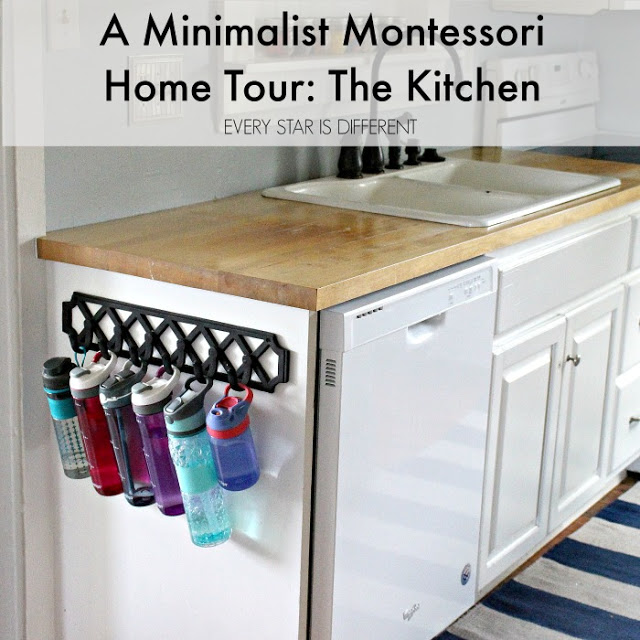

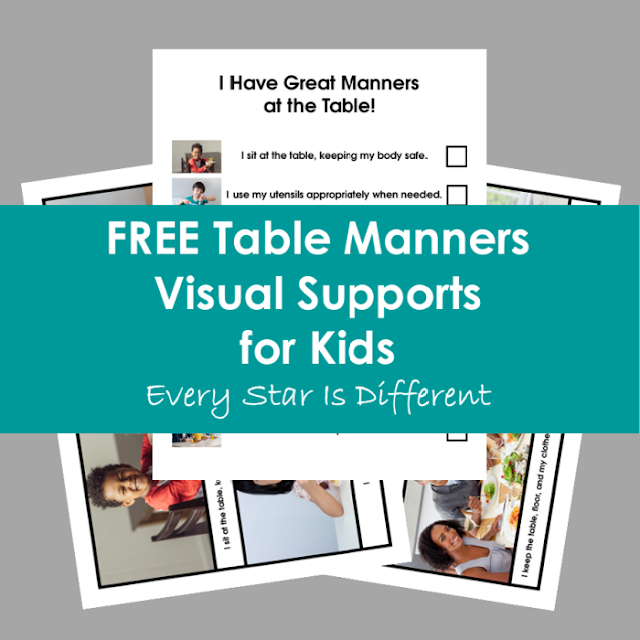





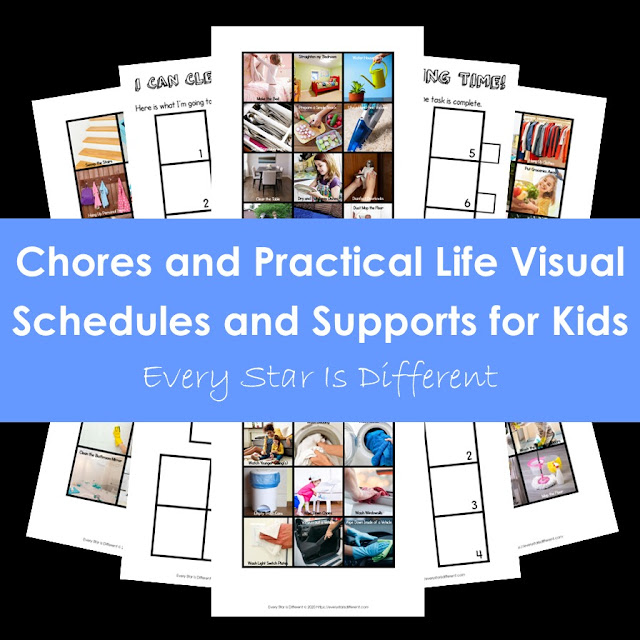







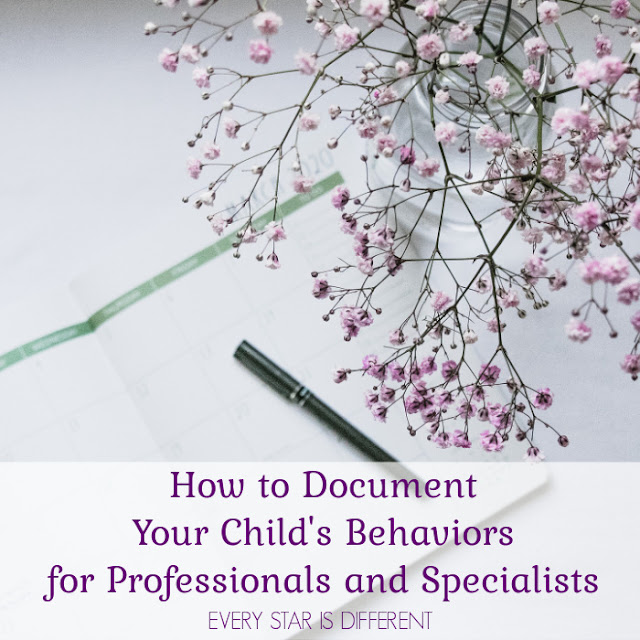






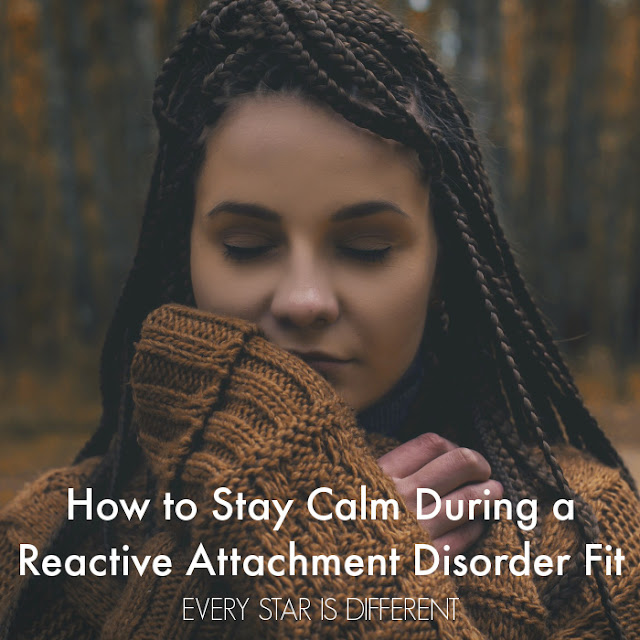

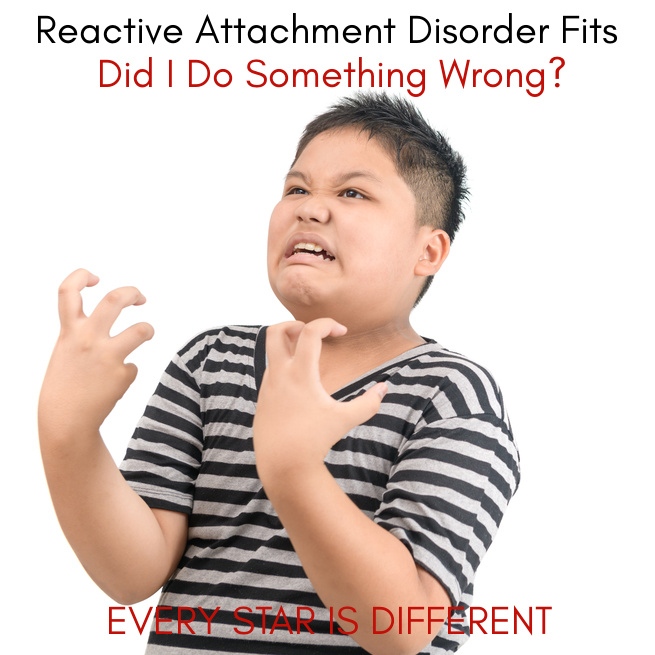





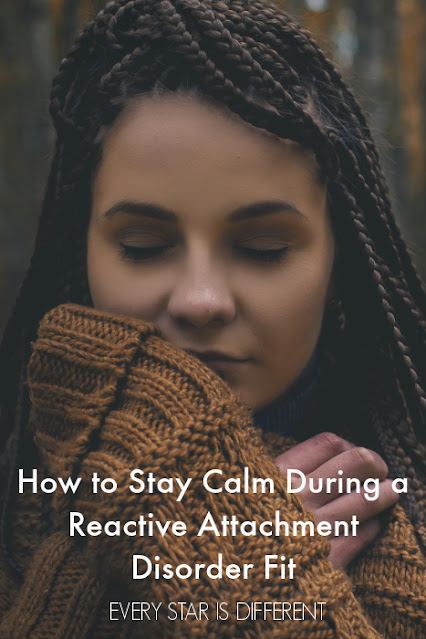






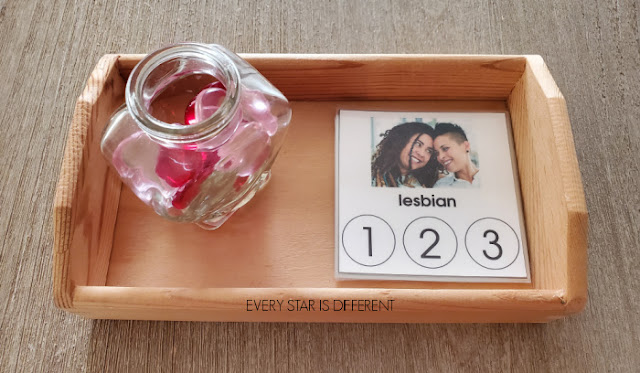


.jpg)

.jpg)








